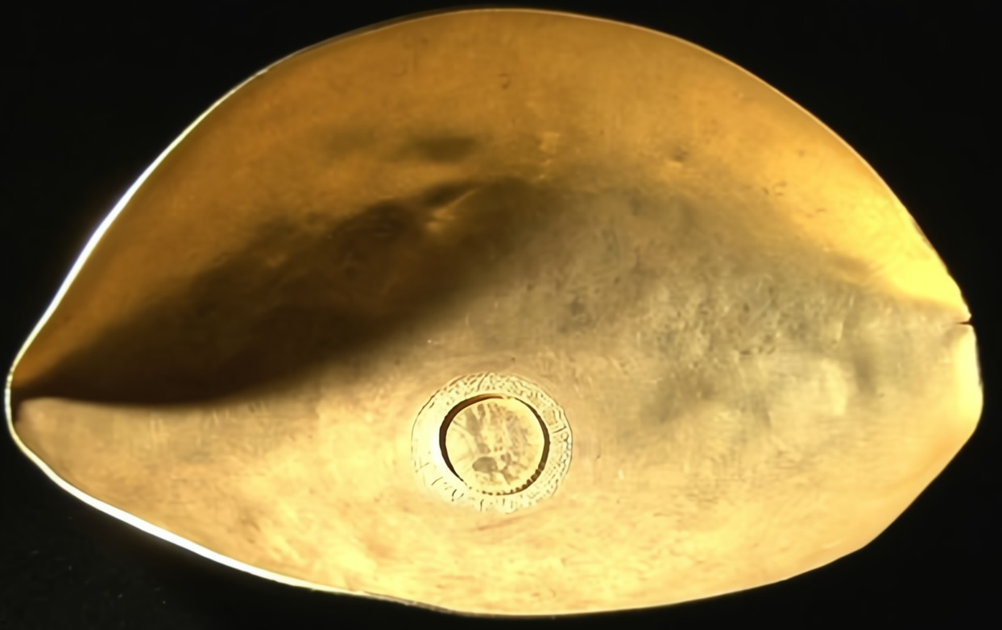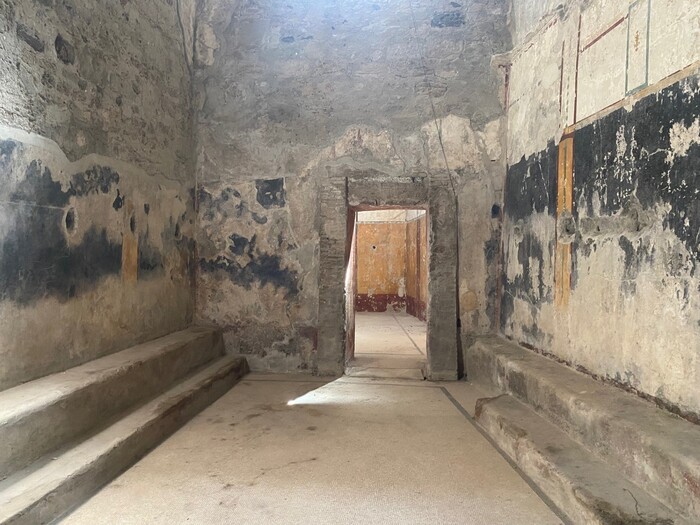By Denis
Chow
Hidden deep in the jungle and hidden under thick foliage, a team of archaeologists has discovered a series of structures forgotten for centuries among the ruins of the archaeological complex of Machu Picchu, in Peru.
They identified about
a dozen small structures
less than five miles from the remains of the 15th-century Inca city, outside a ceremonial site called Chachabamba, according to a study published in the
Journal of Archaeological Science.
The discoveries at Machu Picchu, which include parts of a water system that traversed the area, shed new light on the Inca civilization and the role of ceremonial complexes.
A ceremony site in Chachapamba. Capture via NBC News
"Only very privileged people could get to Machu Picchu, it was a very special place," said Dominika Sieczkowska, deputy director of the Center for Andean Studies at the University of Warsaw, who led the research.
"You had to stop in Chachabamba to
take a spiritual bath and be clean and pure
to get to Machu Picchu," he added.
Chachabamba, which is located in the Vilcanota Valley, centers around a main stone altar surrounded by 14 baths that Sieczkowska says were probably used for ritual ablutions.
Mysterious mangroves in Mexico give clues about what the sea level will be in the future
Oct. 29, 202102:46
The water that reached the place flowed through a complex network of canals fed by the Urubamba River.
The site is difficult to study because the area is overgrown and the archaeological ruins go deep into the jungle.
To discover what lies beneath the forest, Sieczkowska and scientists from the Wroclaw University of Science and Technology (in Poland) and Peru's Ministry of Culture
used drones equipped with special lasers
to pierce the foliage.
A laser to see through obstacles
Getting through the foliage isn't easy, but these kinds of finds are becoming more prevalent thanks to a combination of two technologies:
lasers that can
see
through obstacles
and drones that help archaeologists explore places the human beings sometimes can't get there easily.
The scientists used a type of technology known as
light detection and ranging
, or lidar, which bounces laser pulses off surfaces to detect items and trace their outlines.
Lidar scans revealed
some 12 structures
, all of them within 60 feet of the main ceremonial part of Chachabamba.
A woman who lived 600 years ago: the discovery in Peru that tells more about the life of the Inca empire
Nov. 28, 202002:10
"They were very close and we didn't even know they were there," Sieczkowska said.
The scans also revealed stone channels that ran partially underground and supplied water to all of Chachabamba.
The researchers then developed models based on the slope and depth of the channels to recreate how the water might have flowed into the various ritual baths.
Sieczkowska said much is still unknown about the use of the new structures around Chachabamba, but they
may have been residences of people who oversaw the ceremonial site.
[Top 10 Scientific Discoveries of 2021]
Archaeologists plan to continue to investigate Chachabamba, including excavating interesting features identified in the lidar scans.
"
The idea was to excavate some of the structures
, but because of the pandemic, we had to cancel our plans for now," Sieczkowska said, "but maybe, maybe, we'll get there next year."


/cloudfront-eu-central-1.images.arcpublishing.com/prisa/KQHX2IAH4NBMDOOIZFFYL5HN4U.jpg)




